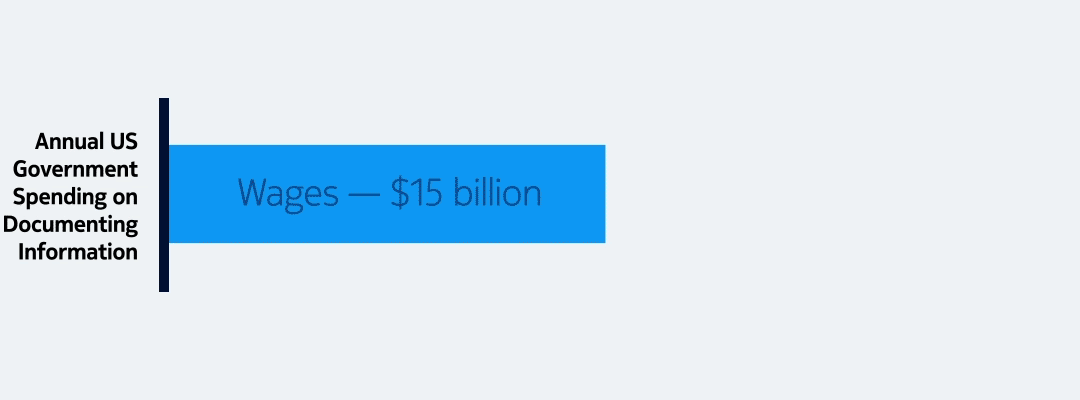Blockchain euphoria has given way to blockchain fatigue. The hope remains that distributed ledger technologies (DLT) like blockchain will lead to an “Internet of value” in which anything of importance can be virtually managed, transacted and exchanged in a private and secure way.
The reality so far, however, has been slow, energy-hungry systems that are proving difficult to scale. Nonetheless, there are real reasons to be optimistic about the future of blockchain, particularly in areas overlapping public governance.
Looking far beyond a volatile cryptocurrency market, DLTs could significantly improve the management of public services. In fact, many early-stage companies are already using blockchain technologies to streamline public sector functions, including identity management (passports, drivers licenses, bank logins), healthcare (medical records, supply chains, medical research), and real estate (land registry, titles, property management). The fact is that technologies like blockchain offer real potential for remaking public services.
Disruptive technologies like blockchain are driving a paradigm shift that could remake the design and delivery of government services.
So what is blockchain, again?
Blockchain is simply a type of distributed database shared across a public (or private) network. A blockchain functions as a ledger, providing a time-stamped series of immutable records. All ledger data is mathematically encrypted and then added as blocks in a chain.
Additionally, ledger data can be programmed with “smart contracts” ensuring that transactions automatically trigger actions when conditions apply. The value of blockchain lies in the fact that each node in the network holds a copy of the ledger so that there is no single point of failure.
Disrupting Government
As Silicon Valley’s Tim O’Reilly observes, technologies like blockchain are critical to modernizing public sector functions. Using blockchain technologies, governments could address the dual challenges of waste and inefficiency in public services.
According to Deloitte, documenting and recording information within the United States government alone consumes a half-billion staff hours each year and more than $16 billion in wages. Add to this an additional cost of $15 billion in procuring and processing information, and the value of technology in transforming government bureaucracy becomes clear.
One country that has emerged as a global leader in leveraging blockchain to digitize government is Estonia. Estonia’s “E-Estonia” plan is one of the most ambitious electronic government projects in the world. Based on X-Road and the Keyless Signature Infrastructure blockchain (used by NATO and the United States Department of Defense), Estonia uses blockchain to support its national healthcare, judicial, legislative, security and commercial code systems. In fact, the country’s 1.3 million citizens hold ID cards that use 2048-bit public key encryption, enabling electronic banking, voting, email encryption, digital contracts and access to public transit.
Like Estonia, the European Commission has launched the EU Blockchain Observatory and Forum to map key initiatives related to blockchain including its application to public governance.
Outside Europe, the most ambitious plan to leverage blockchain for reshaping government is found in the United Arab Emirates. Dubai aims to transform its entire public sector services around blockchain technologies. This includes visa applications, bill payments, license renewals, real estate management, and trade finance. The hope is that blockchain will eliminate the need for paper document processing, altogether.
RegTech on the Blockchain

Disruptive technologies like blockchain are driving a paradigm shift that could remake the design and delivery of government services. Beyond data management, blockchain could improve government regulatory systems and reduce unnecessary costs.
Amid an increasingly compliance-driven landscape, many institutions are turning to regulatory technologies or RegTech to reduce noncompliance risk. RegTech is not new. Incumbents and technology companies have been developing technology-based regulatory solutions for years.
However, the use of artificial intelligence and blockchain-based regulatory technologies is set to reshape the industry.
The RegTech industry is growing and it’s easy to see why. In the public sector, the US government’s spending on compliance over the last ten years has reached $7.5 billion. In the private sector, estimates are that the cost of government compliance is as high as $1.9 trillion.
Given this costly environment, the demand for RegTech in the form of biometrics, machine learning and DLT is becoming enormous. A new study from Juniper Research indicates that investment in RegTech platforms will exceed $115 billion by 2023, up from an estimated $18 billion in 2018. Indeed, a recent academic study suggests that the future of regulatory compliance will be “close to real-time” data management.
In order for governments around the world to keep pace with these accelerating changes, policymakers and government administrators will need to actively reduce the structural frictions that impede innovation within the public sector. In the future, we can expect blockchain-based systems to leverage real-time information in remaking public service delivery. And given the accelerating pace of technological innovation, these changes could come sooner than we think. Blockchain has the potential to enable an environment in which the public sector could one day be as efficient as the private sector.


Recent Comments